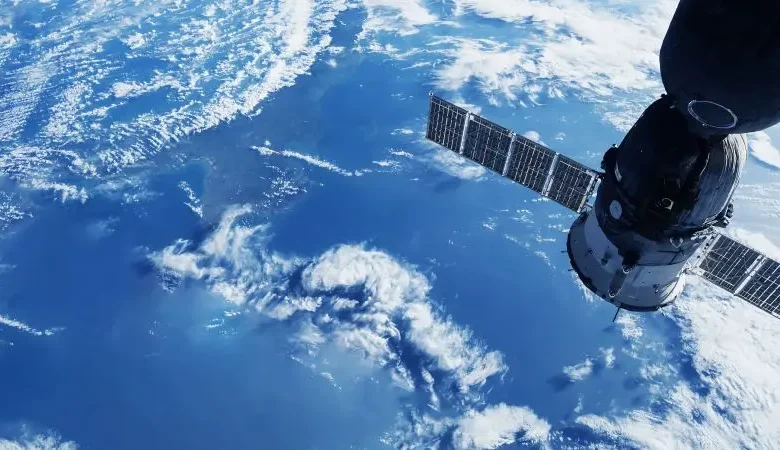NASA farthest reaching spacecraft resumes sending messages

NASA revealed on Monday that their farthest-reaching spacecraft, Voyager 1, has resumed transmitting valuable information to Earth after a period where it only sent garbled messages.
Since November 14, 2023, Voyager 1 had stopped sending coherent data, despite signs that it was still receiving signals from ground control. However, in March, engineers at NASA’s Jet Propulsion Laboratory managed to discover a single malfunctioning chip as the culprit. They then crafted a coding solution that could operate within the limits of the spacecraft’s aging computer system, which is now 46 years old.
NASA farthest reaching spacecraft resumes sending messages

“The Voyager 1 spacecraft is now sending back useful data about its vital systems,” announced the space agency, meaning there was a successful solution to the communication glitch. The next objective is to re-engage Voyager 1 in transmitting scientific data.
Launched back in 1977, Voyager 1 achieved the milestone of becoming the first human-made object to enter the interstellar space in 2012. Right now, it resides over 15 billion miles away from Earth, with signals taking around 22.5 hours to travel the large distance and reach Earth.
Its counterpart, Voyager 2, followed a similar path, departing the solar system in 2018.

Both Voyager spacecraft carry “Golden Records”, gold-plated copper disks which hope to show Earth’s story to potential beings that may be out there.
These records have information such as a map of our solar system, a uranium sample serving as a timekeeping device, and simple symbolic instructions on how to play the record. The records contain encoded images, music, and sounds representing life on Earth.
With their power reserves predicted to dwindle by the mid-2020s, the Voyagers will continue their journey through the Milky Way, possibly indefinitely, silently carrying the story of humanity with them.









